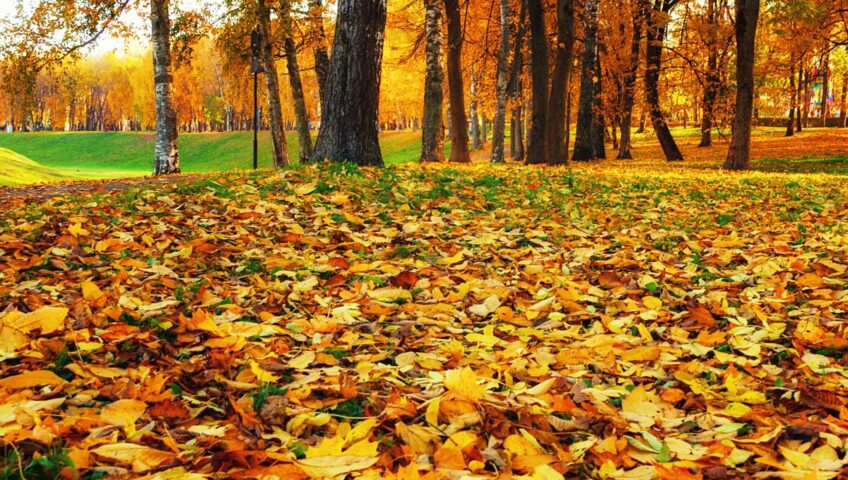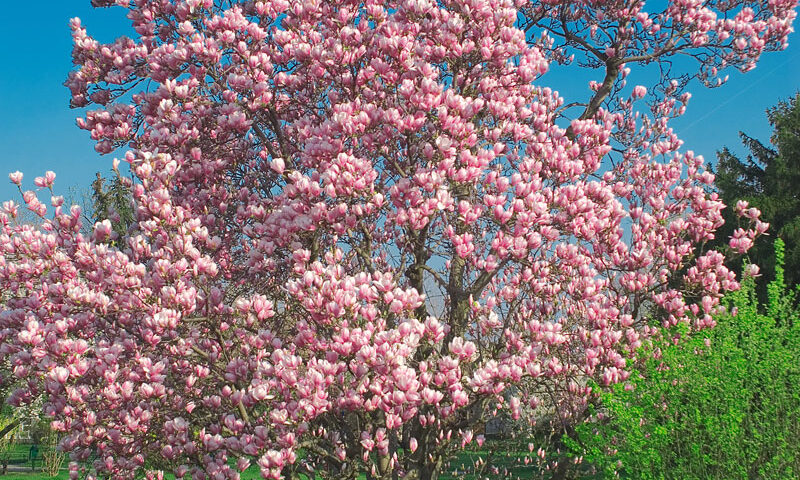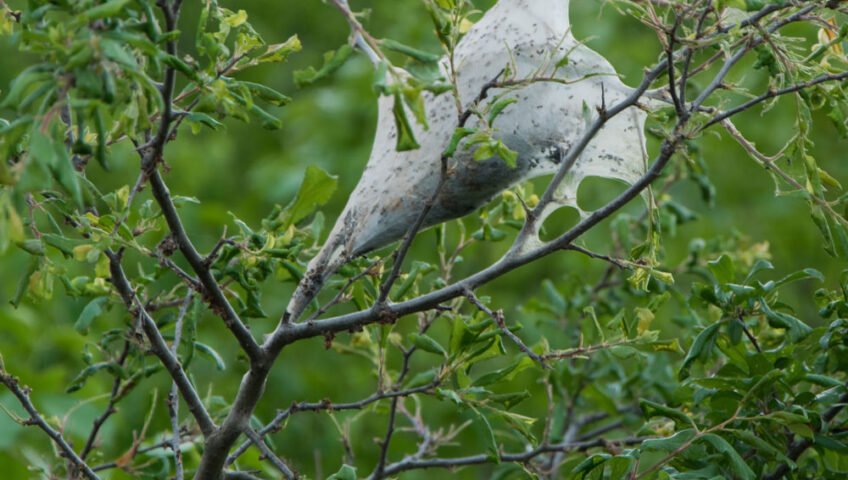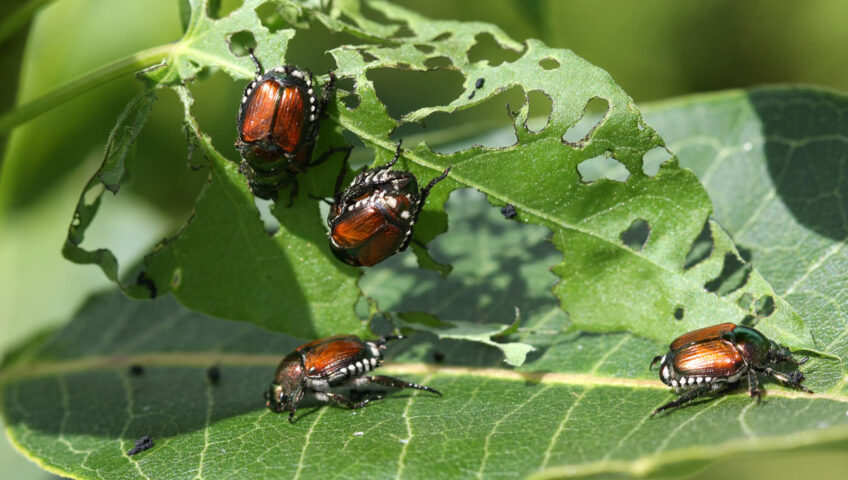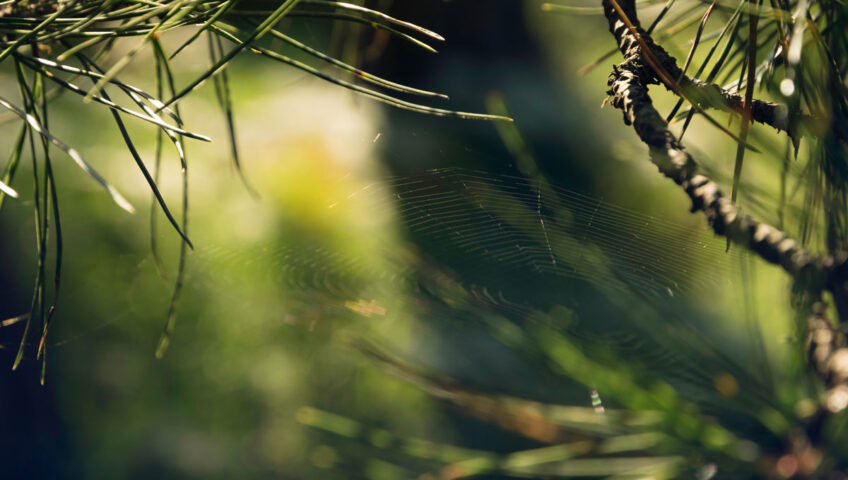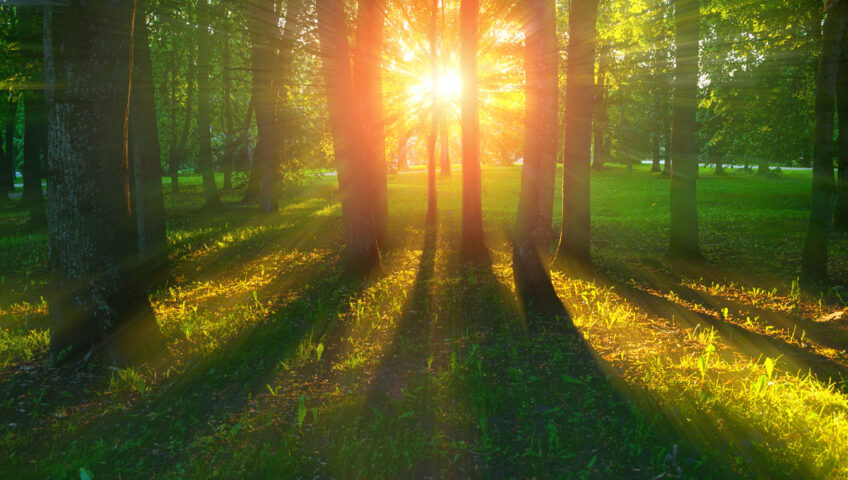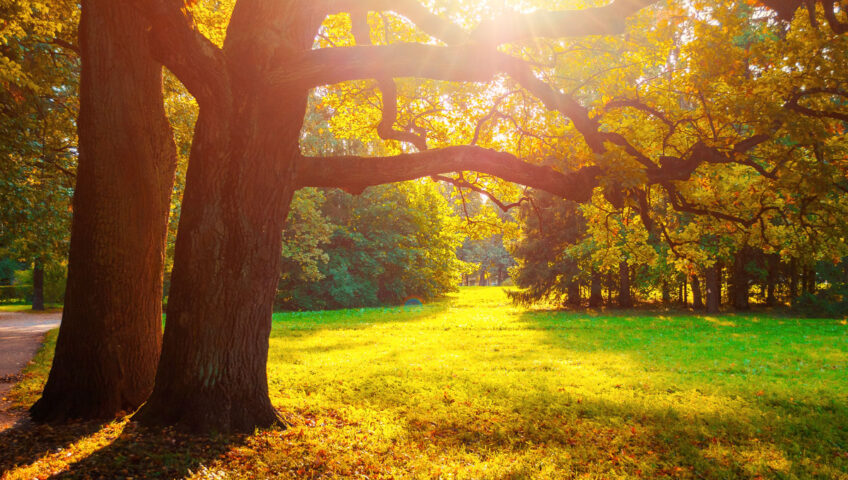With winter weather fast approaching, now may not seem like a very important time to be performing much in the way of lawn care. However, it is in fact very critical to continue lawn care all the way through the fall months, as the cool and moist weather of fall help grass roots to develop far better than in the hot summer. Taking advantage of this growth spurt through proper maintenance now will help ensure a healthy start for your lawn when spring arrives. Here are some tips to help you make the most of the fall season.
Keep Mowing
Grass will continue to grow until morning frosts become regular. This means that you need to keep mowing your grass to its normal height until it is totally done growing: 2 to 3 inches for Midwest Bluegrass and 2.5 to 3.5 inches for Tall Fescue. Contrary to popular belief, taller grass does not protect turf from cold temperatures. Keeping grass too tall during winter months can actually promote diseases like snow mold, as well as increased vole activity.
Seed Bare Spots
Hot summer months can cause patches of your lawn to die, no matter how vigilant you are about watering. Now is the perfect time to fill in those areas with new seed, in order to give your lawn a head-start for spring. Make sure that the seed sits directly on top of the soil, and give it time to start growing in before the first frost.
Keep Watering
Fall showers don’t always provide all of the water that your lawn needs. Supplementing water as needed is important, even with cooler temperatures, so as not to stress your grass. A rain gauge can help you monitor how much rain water your lawn is getting, and whether or not extra watering is in order.
Consider Aerating
Watering, traffic, and heat all contribute to the compaction of your soil, which can cause browned or thinning grass in your lawn. Aerating your lawn involves removing plugs of soil in order to allow water and nutrients to get down deep and improve soil quality. It can be a big job depending on the size of your lawn, which is why we offer core aeration services. Simply call our office to set up an appointment for a free estimate.
Apply a Nitrogen-Rich Fertilizer
During the fall it is essential to fertilize your lawn, as it not only helps grass survive its dormant period, it also helps it to grow stronger in the spring. Apply a nitrogen-rich fertilizer to your lawn after temperatures have become mild, but before the winter cold sets in. If you are going to aerate, wait until the process is complete before applying fertilizer in order to maximize the positive effects of both.
Keep Up on Pest Control
While winter temperatures may kill mosts pests that may be lurking in your lawn, the same cannot be said for their eggs. Most insects lay their eggs in soil, which insulates the egg so that it can hatch in the spring. That is why it is important to treat any pests that are present as part of your fall lawn care routine. The same is true of weed control, as seeds survive the winter as well. If you aren’t sure what is causing damage your may see in your lawn, we are happy to help you identify and properly treat any pest problem.
Consider Dormant Lawn Seeding
Seeding your lawn after it has gone dormant is often referred to as over seeding, and is a tactic typically employed by golf courses in order to ensure a lush fairway in time for golf season. Frost and snow will not harm dormant grass seeds, and the freeze-thaw cycle of fall and winter will help the seeds settle in to the topsoil. Come spring, the seeds will germinate and help to fill in your lawn. This is a service that we perform often, and we are happy to provide you with a free estimate for your lawn.
Remember to Rake
While a leaf blower may seem like a fast and convenient way to remove leaves from your yard, it doesn’t perform one of the most basic functions of a good old fashioned rake: dethatching. Thatch builds up naturally over time in your lawn, and loosening it up is an important part of lawn health and maintenance. Using a traditional rake on occasion helps to break up thatch, and allow better water and nutrient flow to your grass’s roots. This is very easily done during fall leaf clean up. For those of you who have booked a Fall Cleanup Service with us, we will endeavor to have all clean ups completed before Thanksgiving so that your yard is neat and tidy for holiday guests.
Following these tips will help your lawn be as healthy as possible when it goes into dormancy, and to be able to come back just as strong when the snow melts. Above all, the most important aspect of proper fall lawn care is consistency, and keeping a regular maintenance schedule. Proper timing of fertilizing, watering, aeration, and seeding is imperative to the sustained health of your lawn. If you’re having trouble finding time to schedule these lawn care tasks, our professional staff is always available to provide you with personalized quotes on services that your lawn needs.

